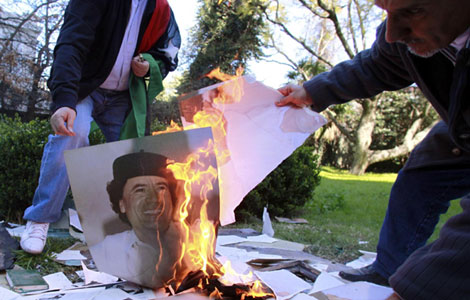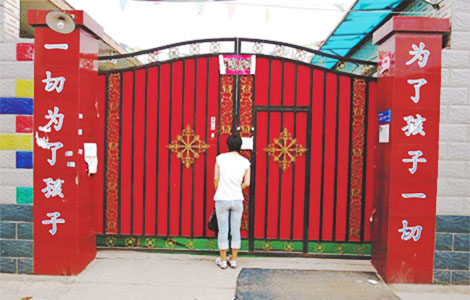Repair damaged credibility
Updated: 2011-09-08 08:11
(China Daily)
|
|||||||||||
We can imagine the pressure gathering upon the judges of the second-instance court deliberating the dispute over an alleged traffic accident in Tianjin municipality.
Along with several other cases, where the accused are without exception individuals who claim to have extended a helping hand to an elderly lying on the street, this one will have an enormous impact on the current discussion over whether or not we should offer help in similar scenarios.
The first-instance court's decision that the accused pay almost 110,000 yuan ($17,200) in damages has sent a chilling message that we should not assist others, unless we are willing to risk being framed. And evidence abounds that there are plenty of blackmailers waiting to take advantage of our sympathy.
Public opinion, therefore, is strongly in favor of a second-instance ruling that serves to repair damaged public morals..
The worry is that the media has sided overwhelmingly with the accused, which might mislead public opinion, and influence the court.
This worry is legitimate as the domestic media - new media in particular - are in need of clear guidelines as to how far they can go in such situations. The court deserves respect for ignoring public pressure when carrying out its duties as it did not rule against the party who in the public's eyes represented dishonesty.
However, we share the popular feeling that the ruling must be overthrown. Not because we are, like the majority, eager to see one more court judgment that inspires good deeds and discourages dishonesty, but because the decision was a shameful example of irresponsibility combined with incompetence.
To decide liabilities, there must be evidence the accused was responsible for the old lady falling on the ground. Yet the plaintiff's core evidence, the traffic accident report produced by local police, was first inadmissible and second of no practical value. The report was invalid jurisprudentially because it was produced 25 days after the incident, not the 10 days required by law, and useless because it had no accurate account of what happened and it was impossible to tell whether there was a causal relationship.
But the ruling's weakness goes beyond the shaky evidence. Public ridicule has focused instead on its reasoning. Those who drafted the verdict might be proud of the argument that the plaintiff, who was at the time climbing over the barricade dividing lanes in the middle of a road, "will surely panic" at the sight of the accused's vehicle heading her way, and "her fall definitely had to do with" this, which is beyond normal judicial reasoning.
We only hope the new verdict by the second-instance court is based on evidence than on such unconvincing deductions.
(China Daily 09/08/2011 page10)




